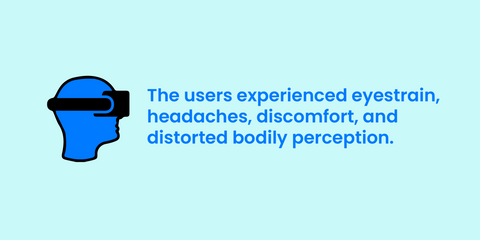Examining Potential Risks and Best Practices
Mixed reality (MR) headsets are becoming increasingly popular, blurring the lines between the physical and virtual worlds. While they offer exciting possibilities, some concerns have emerged regarding their potential impact on eye health.

Understanding the Research:
A recent study involving 11 researchers explored the user experience of MR headsets in various settings. The study aimed to analyze existing research and provide insights into the potential long-term consequences of using MR technology. While the research highlights the need for further investigation, it does report that some participants experienced:
- Eye strain
- Headaches
- Discomfort
- Distorted bodily perception
The Immersive Factor:
The immersive nature of MR, where virtual elements seamlessly blend with the real world, is believed to be a contributing factor to these discomforts. This prolonged focus on close-range, digital content can lead to eye strain similar to what we experience with traditional screens.

Responsible Use and Healthy Habits:
To mitigate these potential risks and ensure a safe and enjoyable experience, it's crucial to practice responsible usage:
- Follow the 20-20-20 rule: Every 20 minutes of screen time, shift your gaze to something 20 feet away for 20 seconds. This helps relax your eye muscles and reduce strain.
- Take breaks: Schedule regular breaks from using your MR headset to allow your eyes and mind to rest.
- Listen to your body: Pay attention to any discomfort you experience and discontinue use if necessary.
While the research on the long-term effects of MR headsets is still ongoing, it's essential to be mindful of potential risks and practice healthy usage habits. By following these recommendations, you can enjoy the immersive world of MR responsibly and maintain healthy eyes.
References:
Seeing the World through Digital Prisms: Psychological Implications of Passthrough Video Usage in Mixed Reality. Department of Communication, Stanford University, Department of Communication, Michigan State University, Department of Psychology, Stanford University, Department of Computer Science, Stanford University, Department of Management Science and Engineering, and Stanford University.
